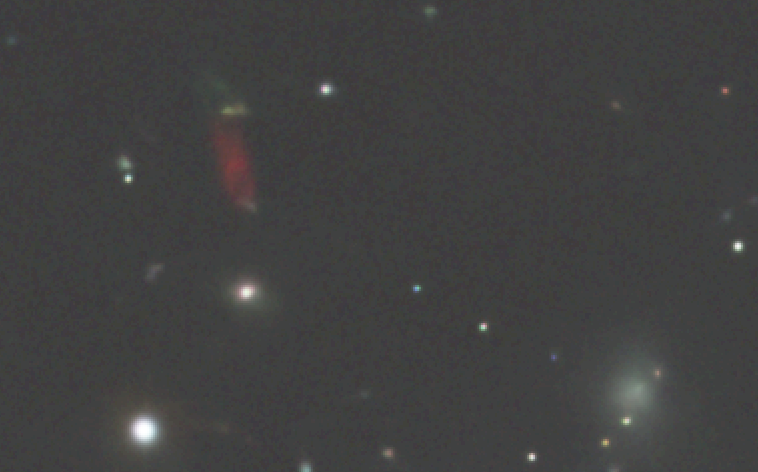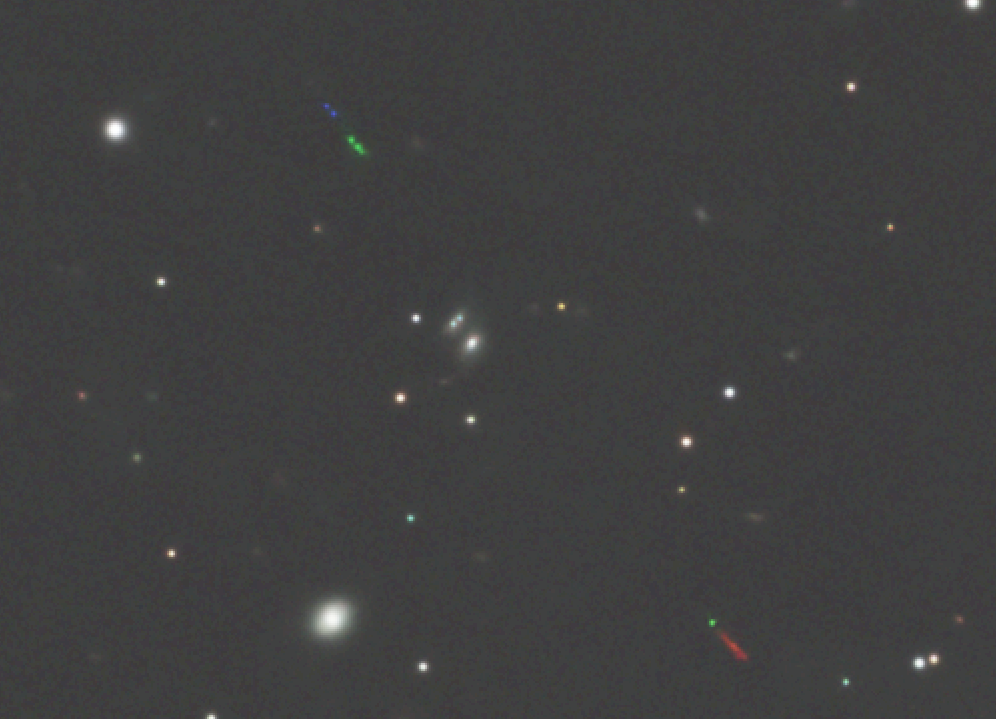After stacking in WBPP, I discovered these color-pixel regions. Online research points to hot pixels, but I took darks with the same settings as the lights and applied cosmetic correction. They are not present in the subs, only the RGB masters.
Aside from these three regions, I don't find the problem elsewhere within the image. I ran color combination, BXT, NXT (to better delineate the region of interest), and SPCC.
Any idea what this could be and how I might correct the issue? Thanks!



Aside from these three regions, I don't find the problem elsewhere within the image. I ran color combination, BXT, NXT (to better delineate the region of interest), and SPCC.
Any idea what this could be and how I might correct the issue? Thanks!



